Fresh herbs are the secret to making summer meals taste like they came from a chef’s kitchen. Whether you’re tossing together a quick salad, grilling veggies, or making your own marinades, just a few leaves can completely transform a dish.
The best part? Most herbs are surprisingly easy to grow—even if you’re new to gardening. Many thrive in pots, on sunny windowsills, or tucked into your garden, and they don’t need constant attention to stay happy and productive all season long.
From bright basil to cooling mint, these 15 herbs will not only survive the summer heat—they’ll help you make every meal feel a little more special. Bonus: many of them smell just as good as they taste.
Basil
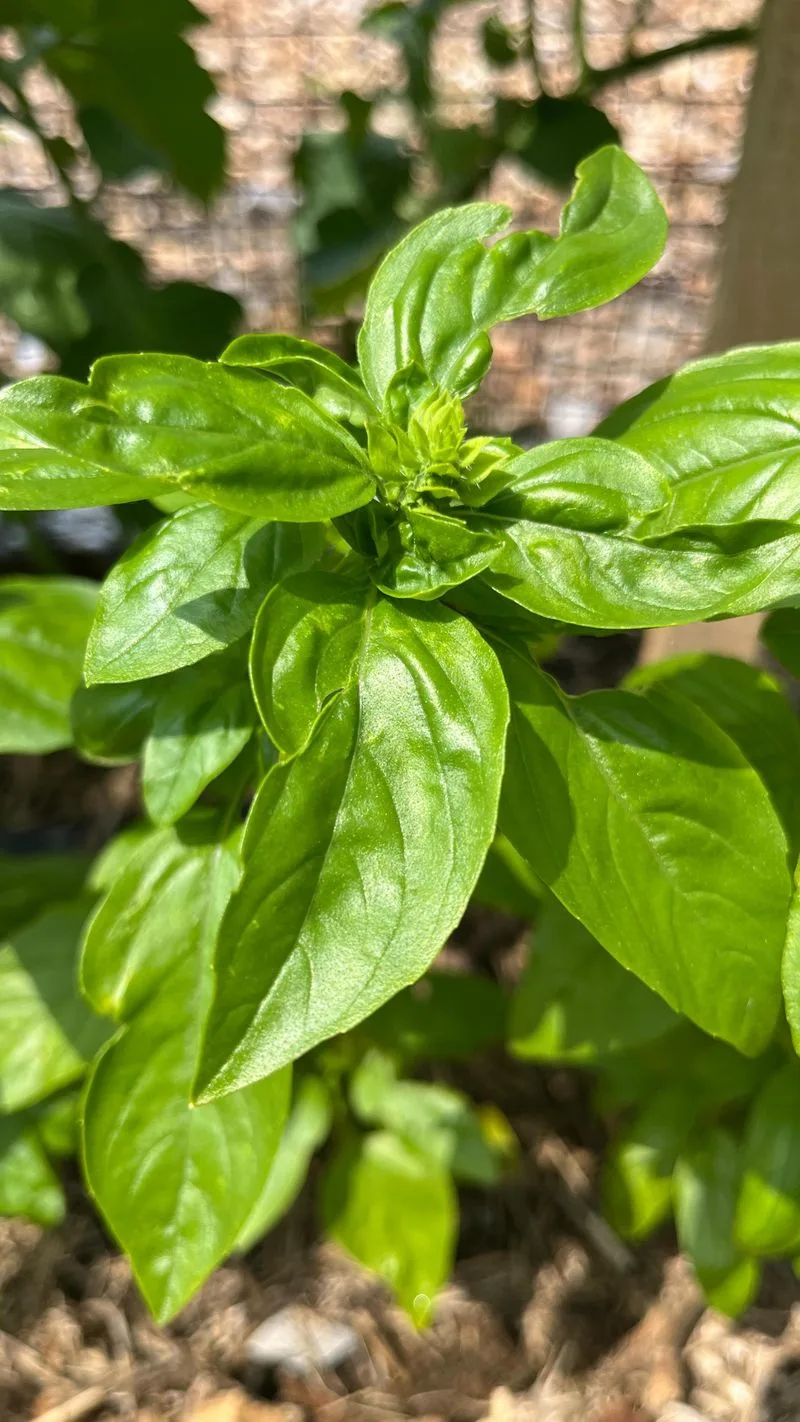
A staple in Italian cuisine, basil’s aromatic leaves bring a sweet yet peppery flavor to dishes. Picture fresh basil leaves dancing atop a margherita pizza or blended into a fragrant pesto. Its adaptability to both indoor and outdoor environments makes it a gardener’s favorite, thriving even in small spaces. Consider the joy of plucking leaves for a caprese salad or muddling them into a refreshing cocktail. Don’t miss out on its vibrant presence in your herb collection. Fun fact: Ancient Greeks and Romans believed basil could only grow if the seeds were sown while cursing.
Mint
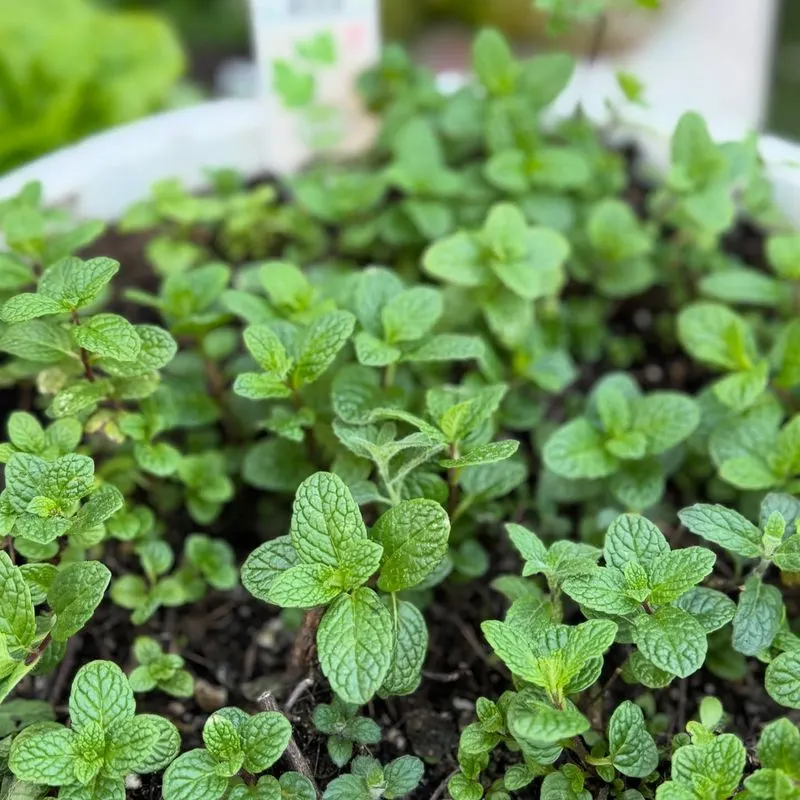
Mint is renowned for its invigorating scent and versatile use in drinks and desserts. Imagine a sprig of fresh mint elevating your lemonade or enhancing the flavor of a chocolate dessert. Its rapid growth and resilience make it ideal for novice gardeners. Plant it in a pot to control its spread, ensuring you have a constant supply for mojitos or mint tea. A historical tidbit: mint has been used since ancient times to symbolize hospitality and friendship, often scattered on floors to freshen rooms.
Rosemary

With its pine-like fragrance, rosemary adds depth to roasted meats and vegetables. Visualize sprigs infusing a roast chicken with a woodsy aroma or its needles delicately seasoning potatoes. Known for its drought tolerance, rosemary is perfect for sunny spots in your garden. The herb was revered in ancient cultures for its memory-boosting properties. Before exams, students in Greece wore sprigs in their hair, believing it would enhance their minds. Embrace rosemary’s rich history and robust flavor in your culinary adventures.
Thyme

Thyme offers a subtle earthiness that complements a variety of dishes. Envision thyme harmonizing with garlic and lemon to create a savory marinade or sprinkling over a bubbling casserole. This hardy herb is low-maintenance and attracts bees, making it a wonderful garden companion. In medieval times, thyme symbolized courage and was gifted to knights before battle. Its aromatic profile and historical significance make thyme a cherished addition to any kitchen.
Parsley

Often overshadowed as a garnish, parsley deserves recognition for its bright, slightly peppery flavor. Imagine it chopped into tabbouleh or sprinkled over pasta to add a fresh finish. Perfect for urban gardeners, parsley thrives in window boxes or balcony pots. Nutrient-rich and vitamin-packed, it’s more than just decoration. A fun fact: in ancient Roman times, parsley was believed to ward off drunkenness and was worn as a wreath during feasts. Let parsley’s crisp taste enhance your culinary creations.
Cilantro
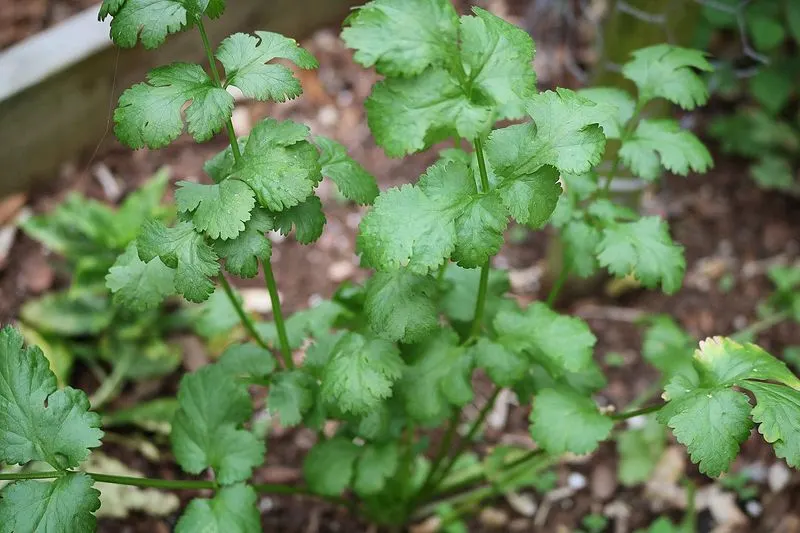
Cilantro’s unique citrusy flavor is a staple in many global cuisines. Picture it adding zest to a bowl of guacamole or brightening up a spicy curry. Growing cilantro can be as simple as sowing seeds in a sunny spot and keeping the soil moist. Its fast growth makes it a rewarding choice for eager gardeners. Did you know? Ancient Egyptians used cilantro as an aphrodisiac, deeming it a symbol of eternal love. Whether you love or hate cilantro, its impact on dishes is undeniable.
Chives

Delicate onion-like flavor characterizes chives, a delightful addition to salads and soups. Visualize snipping fresh chives over a baked potato or blending them into creamy dips. Their pretty purple blossoms are not only ornamental but also edible, adding a pop of color to your dishes. Easy to grow in both pots and garden beds, chives are a must-have for herb enthusiasts. Historically, chives were used by the Romans for their medicinal properties, believed to relieve sunburn and sore throats.
Oregano
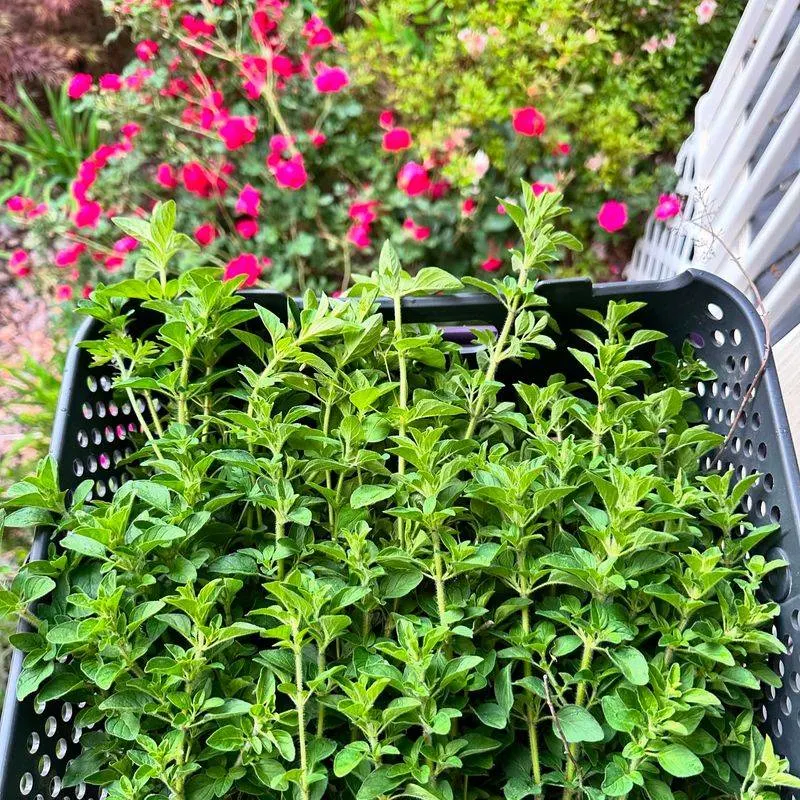
Oregano’s robust flavor is synonymous with Italian and Mediterranean dishes. Imagine its leaves scattered over a homemade pizza or simmered in a tomato sauce. Thriving in well-drained soil and sunny conditions, oregano is a gardener’s delight. Its tiny white flowers attract pollinators, making it a beneficial addition to any garden. Did you know? Oregano was considered a symbol of joy in ancient Greece, often woven into bridal crowns. Its pungent flavor ensures it’s always a star in the kitchen.
Sage
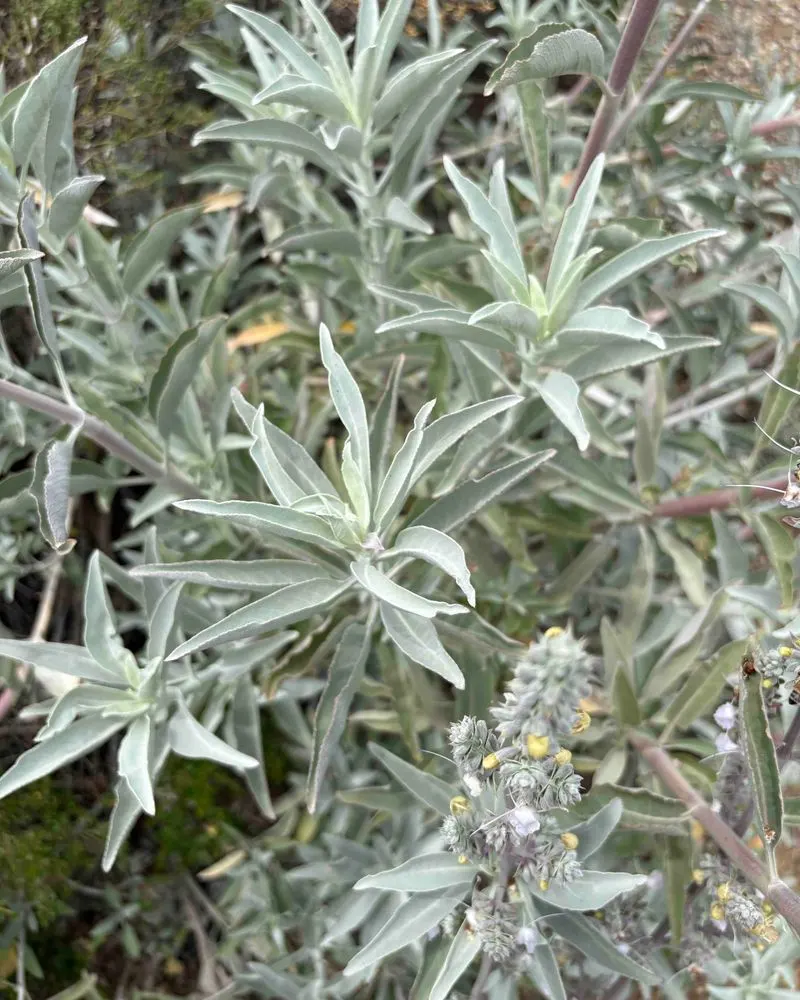
Sage’s warm, slightly peppery flavor enhances everything from stuffing to sausage. Picture it crisped in brown butter, elevating a pasta dish or Thanksgiving feast. Known for its hardy nature, sage thrives in sunny, well-drained spots. It’s also been revered throughout history for its medicinal properties, thought to ward off evil and improve memory. In the Middle Ages, sage was dubbed the “Savior Herb.” Its culinary and historical significance makes it a wonderful herb to grow at home.
Dill

Dill’s feathery leaves bring a fresh, slightly anise-like taste to dishes. Imagine it complementing fish or adding a burst of flavor to pickles. Its growth is fast, making it perfect for gardeners who enjoy quick results. Dill’s hollow stems and yellow flowers also provide aesthetic appeal in any garden setting. Interestingly, dill was used in ancient times to ward off witches, believed to possess protective powers. Its culinary versatility and quirky history make dill a delightful herb to cultivate.
Tarragon
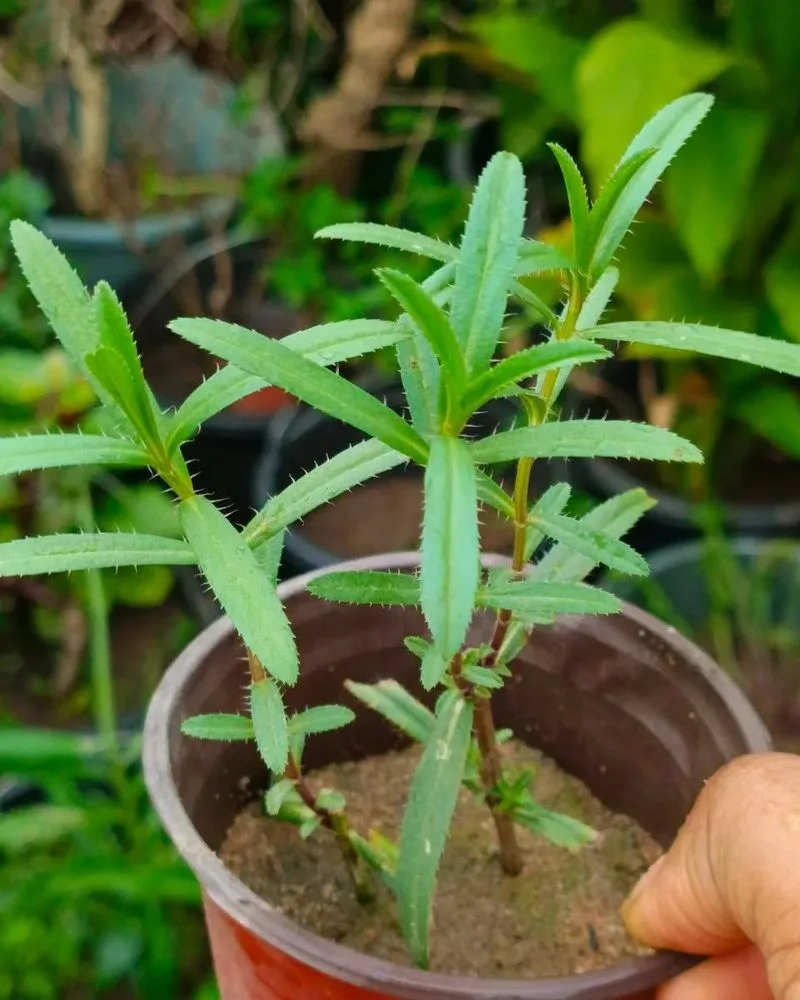
Tarragon, with its subtle anise flavor, is a French culinary staple. Picture it in a béarnaise sauce or paired with chicken. Its slender leaves and elegant growth make it a visually appealing addition to both gardens and kitchens. Tarragon prefers well-drained soil and plenty of sunlight. Historically, it was used in traditional Persian medicine for its supposed healing properties. Embrace tarragon’s unique taste and bring a touch of French sophistication to your meals.
Lemon Balm
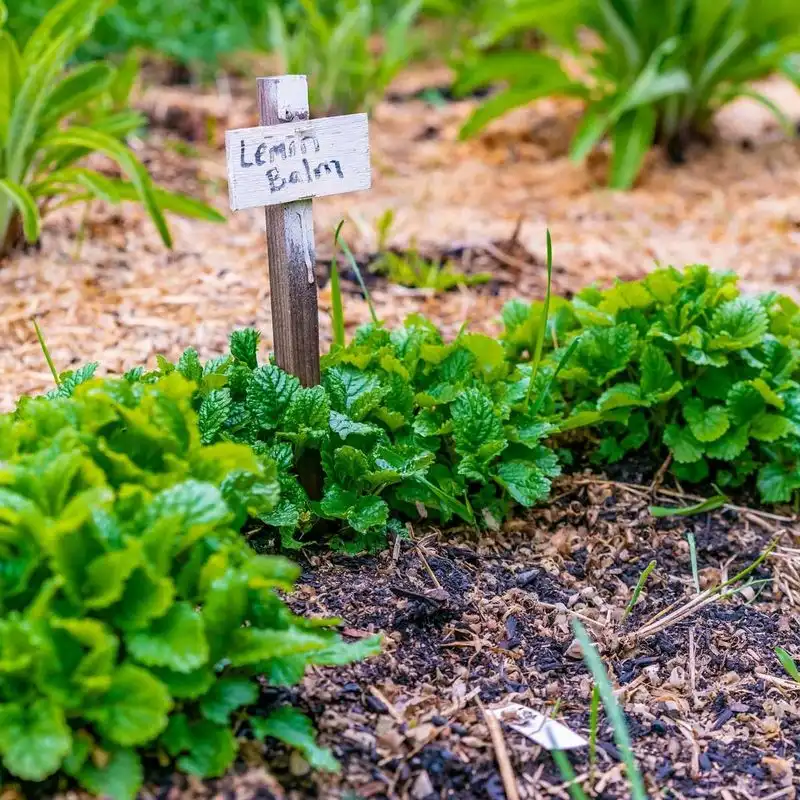
Lemon balm’s citrusy aroma can add a refreshing twist to teas and desserts. Picture its leaves infusing a pot of herbal tea or garnishing a fruit salad. Easy to grow indoors or out, it thrives in part shade and well-drained soil. Historically linked to improved mood and cognitive function, lemon balm was often used in tonics during the Middle Ages. Its uplifting scent and gentle flavor make lemon balm a charming addition to your herb collection.
Bay Laurel
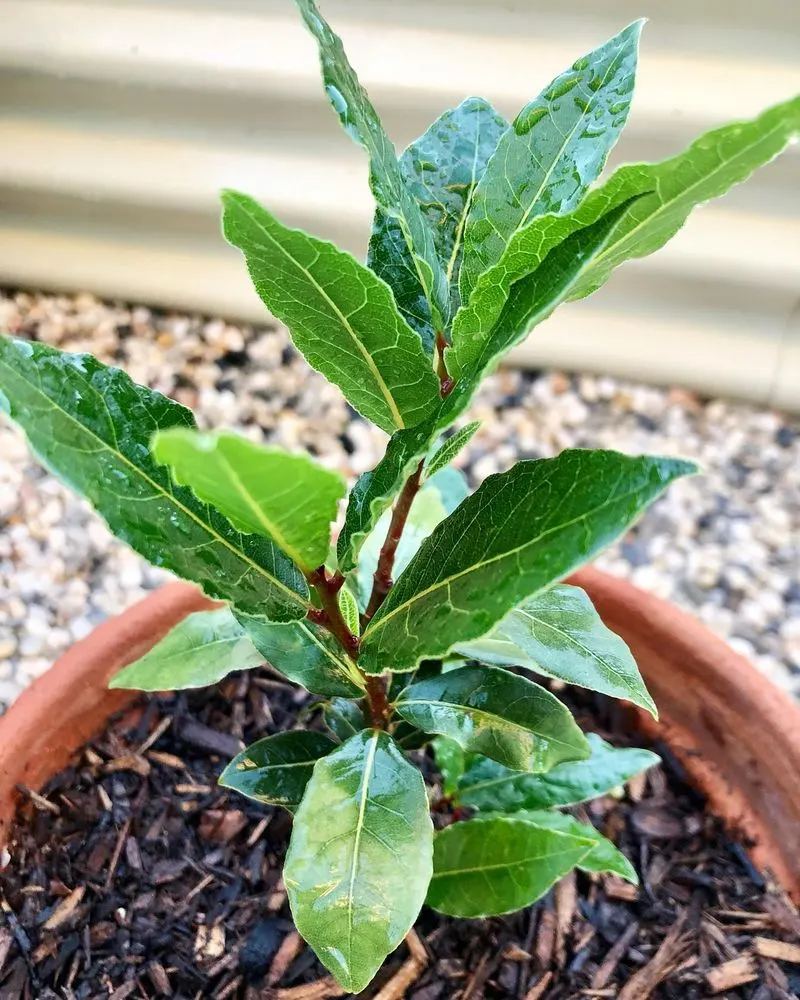
Bay laurel’s robust, earthy flavor is essential in stocks and stews. Picture it as a key ingredient in a hearty broth or slow-cooked meal. Its glossy leaves add elegance to any garden, and while they grow best outdoors, they can thrive in pots with ample sunlight. Historically, bay leaves were woven into crowns for victors and poets in ancient Rome. Cultivate a touch of history in your garden with this versatile herb.
Marjoram
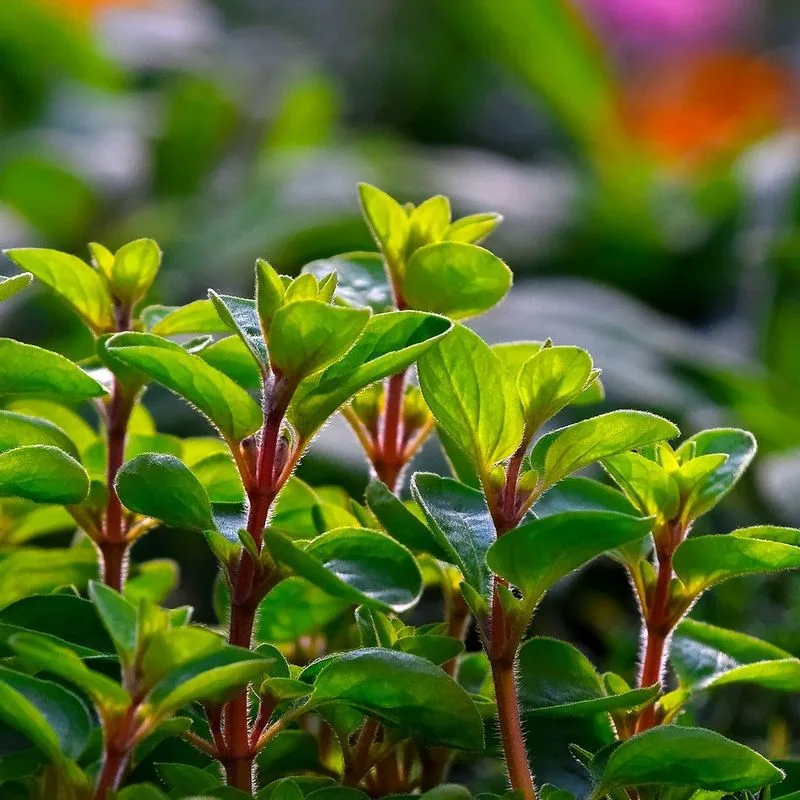
Marjoram boasts a sweet, floral aroma that enhances soups and sauces. Imagine it lending depth to a creamy soup or mingling with roasted vegetables. Easy to grow in both ground and containers, marjoram loves sunlit spaces and well-drained soil. Its tiny white flowers attract beneficial insects, adding life to your garden. Fun fact: Marjoram was a symbol of happiness to the Greeks and Romans, often used in love potions and charms.
Lovage
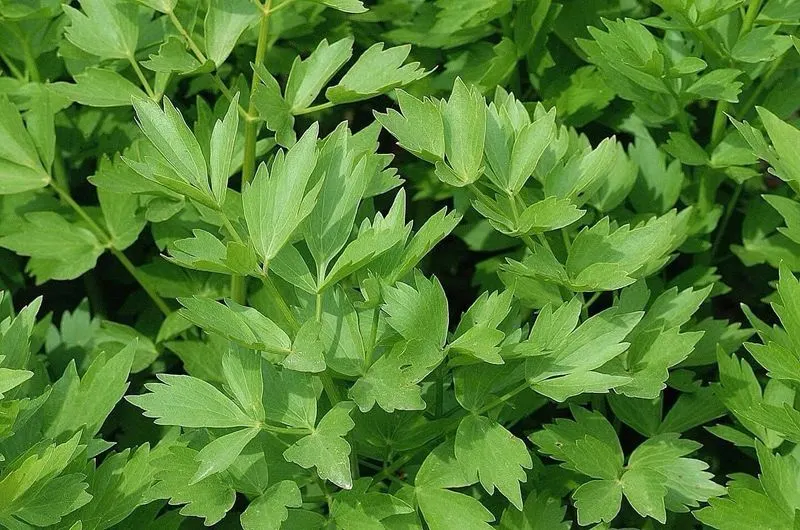
Lovage’s celery-like flavor can add an unexpected twist to soups and stews. Picture its leaves and seeds enhancing a savory broth or a casserole dish. Towering and robust, lovage is easily grown in gardens, providing a perennial source of flavor. Historically, it was used in Roman cuisine and believed to aid digestion. Its bold taste and towering presence make it a unique choice for adventurous gardeners.

